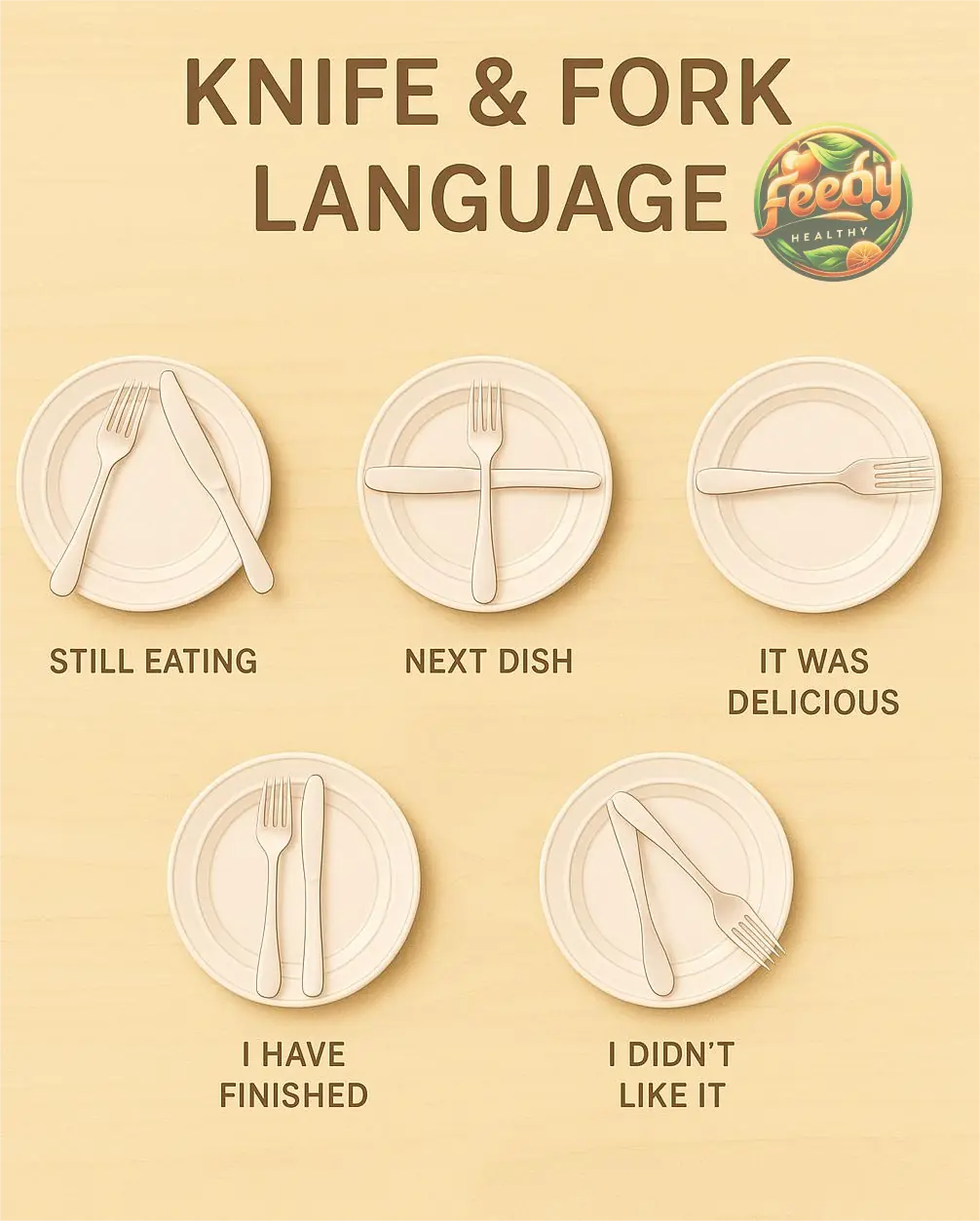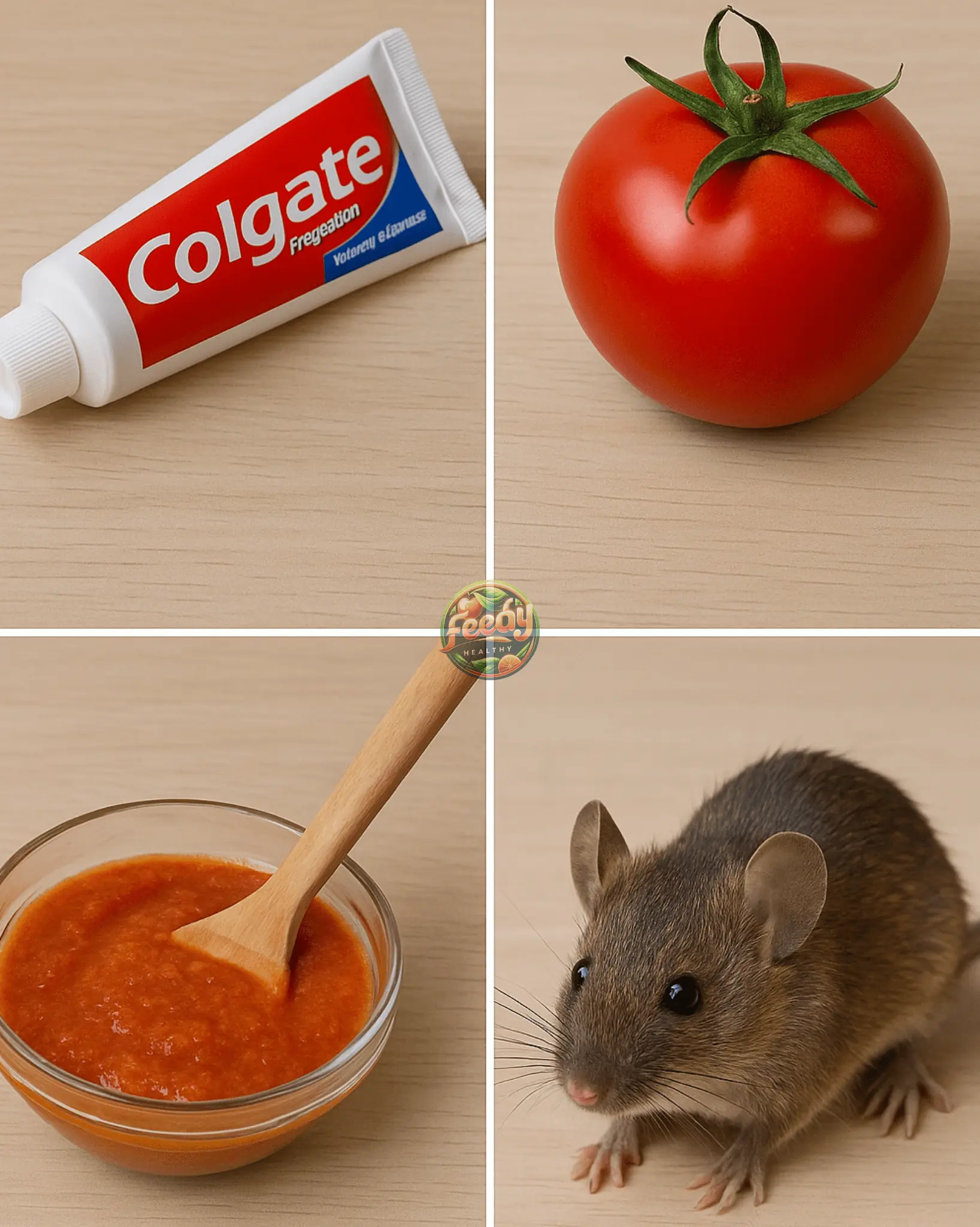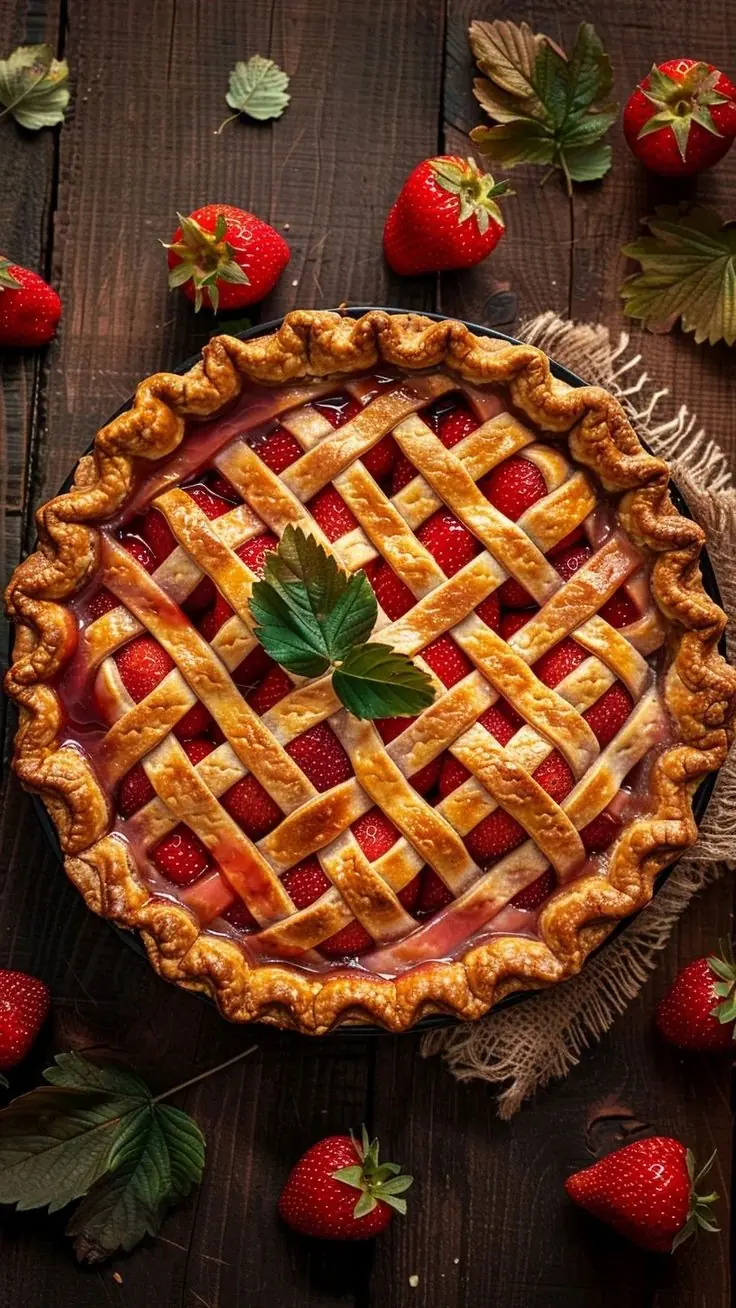
What are the origins of knife and fork language etiquette?
There is an etiquette of placing knife and fork on a plate while resting or after finishing. For example this cheat-sheet (there are a lot of texts and images like this on the web) 
I found this tradition mentioned in a 1858 year book:
On another occasion she refused to be introduced to a gentleman because at a dinner party in handing his plate to a waiter he had laid his knife and fork straight, instead of crossed, upon it; and after concluding the meal, instead of placing his knife and fork in parallel lines beside his plate, he had been so vulgar as to leave both knife and fork crossed upon his plate.
So I assume it is an old tradition. What are its origins? Are there any written sources of it?
There is evidence that an opposite etiquette prevailed in the 1840-1900 time period.
Night and Morning (1841, UK):
she crossed her knife and fork, and pushed away her plate, in token that she had done supper
"Female Education" in The Popular Educator (1856, UK):
When she has finished her dinner, say of meat and potatoes, she lays her knife and fork. close together, obliquely across the plate
Martine's Hand-book of Etiquette: And Guide to True Politeness (1866, US):
after you have finished your dinner, cross the knife and fork on the plate, that the servant may take all away
Good Manners: A Manual of Etiquette in Good Society (1870, US):
after you have finished your dinner, cross the knife and fork on the plate, that the servant may take all away
The Gentlemen's Book of Etiquette, and Manual of Politeness (1874, US):
after you have finished your dinner, cross the knife and fork on the plate, that the servant may take all away
Manners, Culture and Dress of the Best American Society (1891, US):
Do not cross your knife and fork upon your plate until you have finished.
In any case, the OP etiquette was not at all universal in the 1840-1900 period and many sources describe the opposite tradition.
An early mention of the objection to crossing the knife and fork is in the 8 March 1711 Spectator volume 1, number 7.
I dispatched my Dinner as soon as I could, with my usual Taciturnity; when, to my utter Confusion, the Lady seeing me quitting my Knife and Fork, and laying them across one another upon my Plate, desired me that I would humour her so far as to take them out of that Figure, and place them side by side. What the Absurdity was which I had committed I did not know, but I suppose there was some traditionary Superstition in it; and therefore, in obedience to the Lady of the House, I disposed of my Knife and Fork in two parallel Lines, which is the figure I shall always lay them in for the future, though I do not know any Reason for it.
News in the same category


Natural Pest Control with Baking Soda & Vinegar

How To Properly Dispose of Ticks

Clear vs. Cloudy Ice: Why It Happens and How to Make Crystal-Clear Ice at Home
20 Household Cleaning Products You Should Never Mix Together

A month before a stroke, your body warns you: 10 signs not to ignore

Natural Remedy to Get Rid of Rats & Mice in Your Home

How to Grow Hydrangeas from Cuttings: A Step-by-Step Guide

Natural Pest Repellent: Keep Your Home and Garden Safe Without Harsh Chemicals

9 Brilliant Ways to Clean Using Everyday Household Items

Why keeping a lemon in your bedroom is a great idea

Why You Should Never Boil Eggs Directly in Water – Chef’s Secret Revealed! | Barbara O’Neill Inspired

CLEVER CAMPING HACK: HOW TO STOP THIEVES FROM STEALING YOUR EXTENSION CORDS

Garlic method to combat household pests

“My Nana Swears by This Trick!” – A Natural Way to Keep Mosquitoes Away

15 Genius Dishwashing Hacks for a Sparkling Kitchen

🧼 Homemade Soap with Vinegar & Baking Soda

Keep Your Herbs Thriving: 9 Essential Herbs That Grow Better When Regularly Trimmed

10 things to always refrigerate & 10 things to never refrigerate
News Post

🍍 Mini Pineapple Upside Down Cheesecakes

🍋 Lemon Yogurt Cake (No White Flour)

🍓 Strawberry Slab Pie

5 Surprising Causes of Weak Legs in Seniors — And How to Fix Them

Itching in 9 Areas: A Warning Sign of Malignant Tumors, Number 7 Is the Most Common

This Military Sleep Method Helps You Fall Asleep In Less Than Two Minutes

Drink This Natural Remedy on an Empty Stomach — Support Blood Sugar, Blood Pressure, Circulation, and More

THE MOST POWERFUL HERB: THYME

BENEFITS OF DRINKING WARM WATER WITH LEMON

Eliminates Bloating, Clears Urinary Infection, and Cleanses Fatty Liver: A Detailed Guide to the Natural Remedy

Chanca Piedra (Phyllanthus niruri): A Comprehensive Overview

Drink Warm Water with Lemon 😱👇

Revitalize Your Body in Just 7 Days: The Tangerine, Walnut & Ginger Detox Drink That Restores Energy and Vitality

7-Day Meal Plan for Diabetics

6 Coffee Eye Masks to Get Rid of Dark Circles | Under Eye Wrinkles | Eye bags & Puffy Eyes

The first animal you spot in this visual reveals your ‘worst flaw’

3 Eye Symptoms That Signal Hidden Health Issues: High Cholesterol, Stroke, and Cancer

Hero Dad Leaps Off Disney Cruise Ship To Save Daughter Who Fell Overboard

Japan On Edge: Scientists Warn 82% Chance Of Megaquake That Could Kill 300,000
